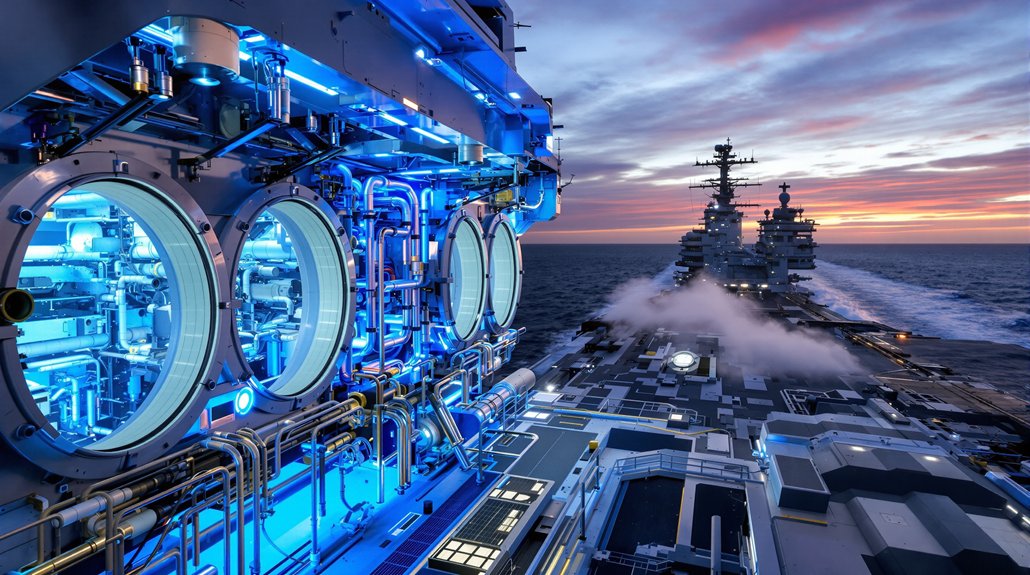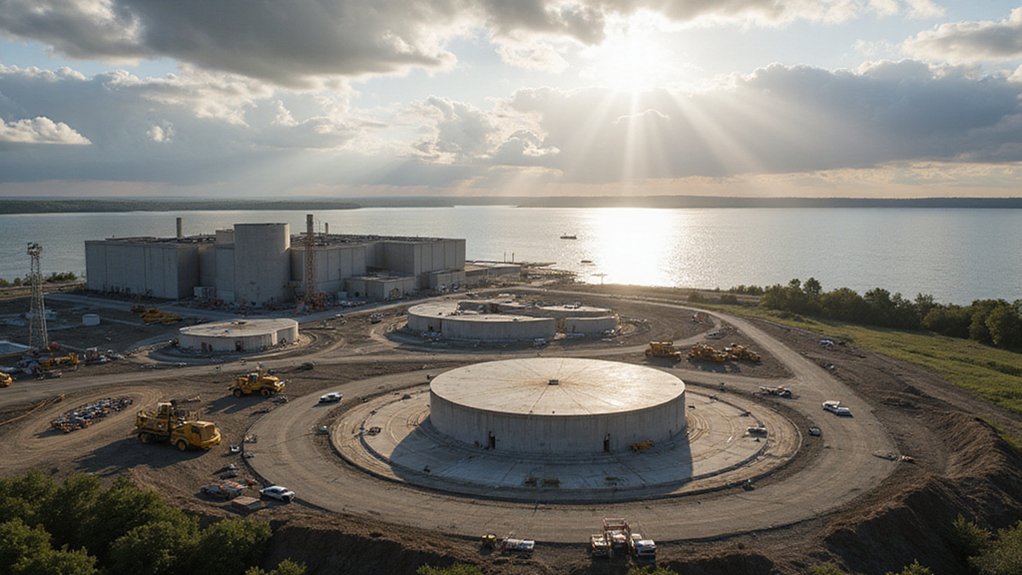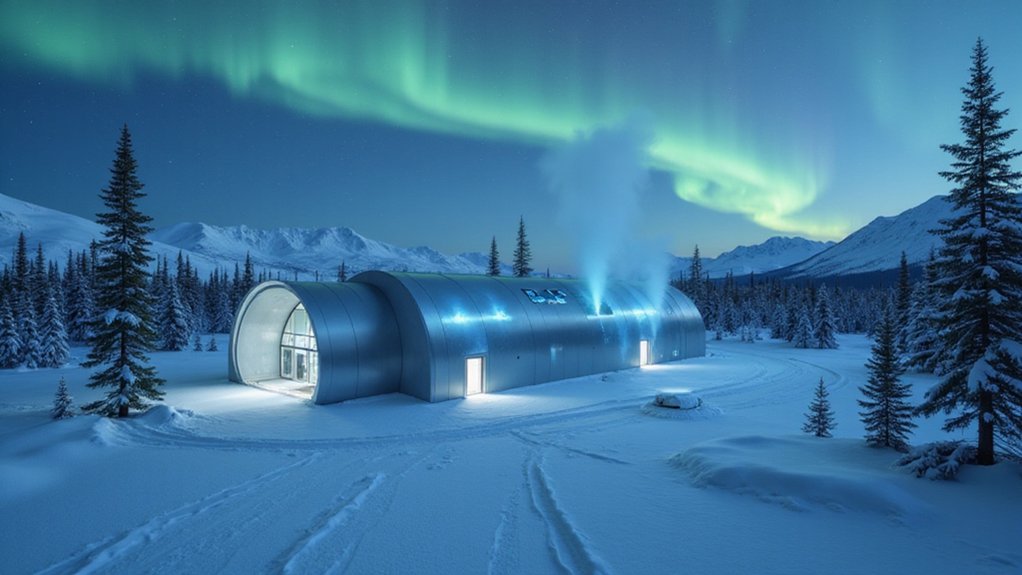Behemoths of steel and nuclear power, America’s aircraft carriers dominate the world’s oceans like no other naval force in history. With 11 active carriers, the U.S. Navy operates more of these floating airfields than the rest of the world combined. China has 3. The UK has 2. Russia limps along with just 1. Not exactly a close competition, is it?
These aren’t your grandfather’s warships. Each American carrier displaces a staggering 100,000 tons fully loaded and houses over 4,000 sailors. They’re basically floating cities with airports attached. And unlike almost every other nation’s carriers, ours run on nuclear power. Only France has joined this exclusive club, and they’ve managed a grand total of one nuclear carrier. Slow clap.
Nuclear propulsion is what sets these monsters apart. While conventional carriers need refueling every few weeks, America’s nuclear hearts can beat for years between refueling. They go where they want, when they want, at high speeds, without begging for port access. Liberty of movement, folks. It matters.
The newer Gerald R. Ford-class carriers are engineering marvels, featuring electromagnetic catapults (EMALS) that launch aircraft more efficiently than the steam systems on the older Nimitz-class. Less crew needed, more aircraft launched. Progress.
Each carrier typically carries over 60 aircraft, including F-18 Super Hornets that can strike targets hundreds of miles inland. They’re mobile airbases, plain and simple. The Ford-class vessels have even greater capacity, able to deploy over 75 aircraft in a single mission.
Add in the 9 helicopter carriers the Navy also operates, and you’ve got 20 platforms for projecting American air power globally.
These floating fortresses serve multiple roles: deterring enemies, protecting shipping lanes, responding to disasters, fighting terrorism. Beyond military operations, these vessels provide critical humanitarian assistance, as demonstrated when USS Carl Vinson delivered 400,000 gallons of drinking water to Haiti after the devastating 2010 earthquake. They’re the flagships of carrier strike groups that include destroyers, cruisers, and submarines.
The plan? Maintain a 12-carrier fleet and keep modernizing. Because in naval power, second place is just first loser.
References
- https://247wallst.com/military/2025/08/18/every-u-s-aircraft-carrier-still-in-service-and-how-long-its-been-sailing/
- https://worldpopulationreview.com/country-rankings/aircraft-carriers-by-country
- https://en.wikipedia.org/wiki/Gerald_R._Ford-class_aircraft_carrier
- https://www.cbo.gov/publication/61155
- https://www.wdmmw.org/united-states-navy.php








